Let’s be honest—most people don’t launch a business because they’re excited about accounting. But here’s the truth: if you’re a business owner and you don’t understand the basics of your financials, you’re putting your success at risk. Knowing your numbers is essential for everything from applying for a loan to scaling your business to building a solid tax strategy.
This guide breaks down the 10 most important accounting terms every entrepreneur should know. No jargon, no textbook definitions—just clear explanations, practical insights, and a little encouragement.
When you understand these terms, you can better track your financial performance, manage cash flow, make strategic decisions, and improve your tax position. Let’s dive in.
Understanding Your Core Financial Statements
Every business owner should become familiar with three key reports:
Balance Sheet – Think of this as a snapshot of your business’s financial health. It lists your assets (cash, inventory, equipment), liabilities (credit cards, loans), and equity (what’s left after liabilities). If you ever want to borrow money or sell your business, this is where investors and lenders look first.
Profit and Loss Statement (P&L) – Also called the income statement, this report shows your revenue, expenses, and bottom-line profit. It’s your scoreboard. If your revenue is rising but expenses are rising faster, the P&L will catch it.
Cash Flow Statement – Profit doesn’t always mean cash in the bank. This report shows how money is moving in and out of the business. It’s critical for staying ahead of payroll, rent, and other bills—especially if you invoice clients or have slow-paying customers.
Can The 10 Terms That Help You Speak “Finance”
Once you’re familiar with those three reports, you’ll want to understand the terms that appear on them:
- ✔️Assets – Everything the business owns that has value, from cash to equipment.
- ✔️Liabilities – Everything the business owes, including credit cards, leases, or outstanding bills.
- ✔️Equity – Your share of the business’s value (assets minus liabilities).
- ✔️Revenue – The total amount your business earns from selling goods or services.
- ✔️Expenses – What it costs to operate the business—rent, software, supplies, etc.
- ✔️Profit – Revenue minus expenses. Ideally, this is the number that’s growing.
- ✔️Cost of Goods Sold (COGS) – For product-based businesses, this is what it costs to create or buy the products you sell.
- ✔️Operating Profit – Your profit after subtracting both COGS and regular operating expenses.
- ✔️Net Profit Margin – A percentage that tells you how much profit you keep after all costs.
- ✔️Break-Even Point – The point where your revenue equals your expenses. Everything past that is profit.
These terms are more than numbers. They tell the story of your business. When reviewed regularly, they can help catch problems early, guide key decisions, and build a more effective tax strategy.
Making It Count for Tax Strategy
Good financial data means better tax planning. Whether it’s timing expenses, evaluating payroll, or adjusting your business structure, a solid understanding of your revenue, expenses, and net profit is essential. When business owners understand their numbers, they’re in a much better position to work with their accountant—and that often leads to real savings.
Want Help Breaking It All Down?
Many business owners come to our team every year because they want confidence in their numbers, not confusion. From books and workshops to personalized consults and ongoing services, there’s a solution for every level of experience.
If you’re ready to stop guessing and start understanding your business finances, now’s the time. Whether it’s evaluating your balance sheet, preparing your P&L, or improving your tax strategy, the team at KKOS Lawyers and Main Street Professionals are here to help.
You can also find more information in this blog: Bookkeeping for Beginners: Organize Your Business Finances
FAQ: Financial Basics for Business Owners
Do I need to review my reports every month?
Yes—monthly reviews help you catch problems early, adjust quickly, and build a habit of financial clarity.
Is cash flow the same as profit?
Not quite. You can be profitable and still run into cash shortages if payments come in late or expenses are mistimed. The cash flow statement highlights those gaps.
Do I need to track COGS if I run a service business?
Usually no. COGS typically applies to businesses selling physical products. If you’re in services, most costs are categorized as general expenses.
Can better financial reports really help my taxes?
Absolutely. Accurate reports make it easier to time expenses, evaluate deductions, and work proactively with your accountant or advisor.
Ready to lead like a pro?
Become a Main Street Tax Pro Certified Advisor and transform the way you serve your clients—while scaling your own success.
From choosing the right entity to building wealth and using every tax-saving strategy in the book—we’ll show you how.
Book your FREE Discovery Call and get the full tour of all the amazing opportunities that that are waiting for you.









